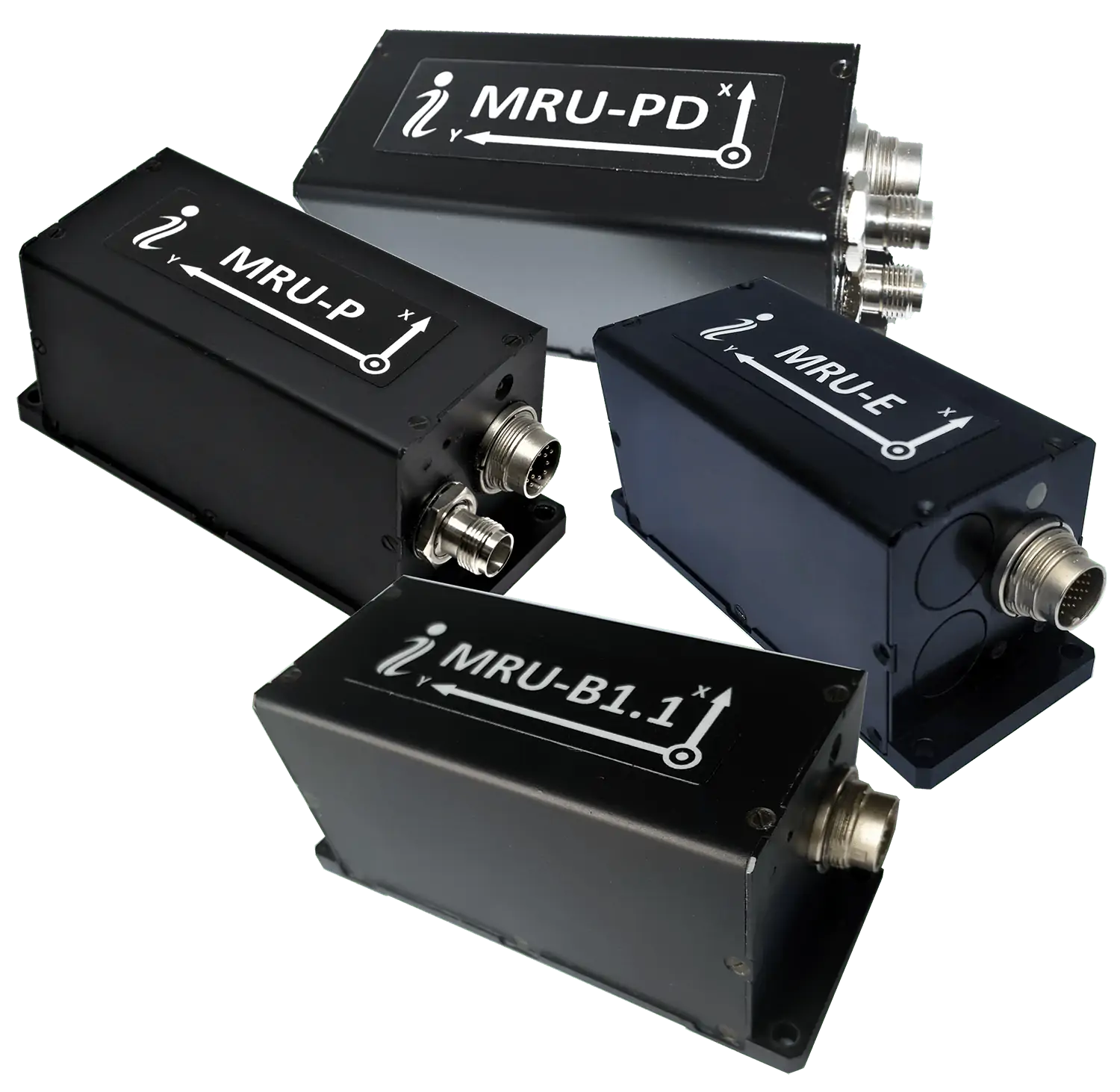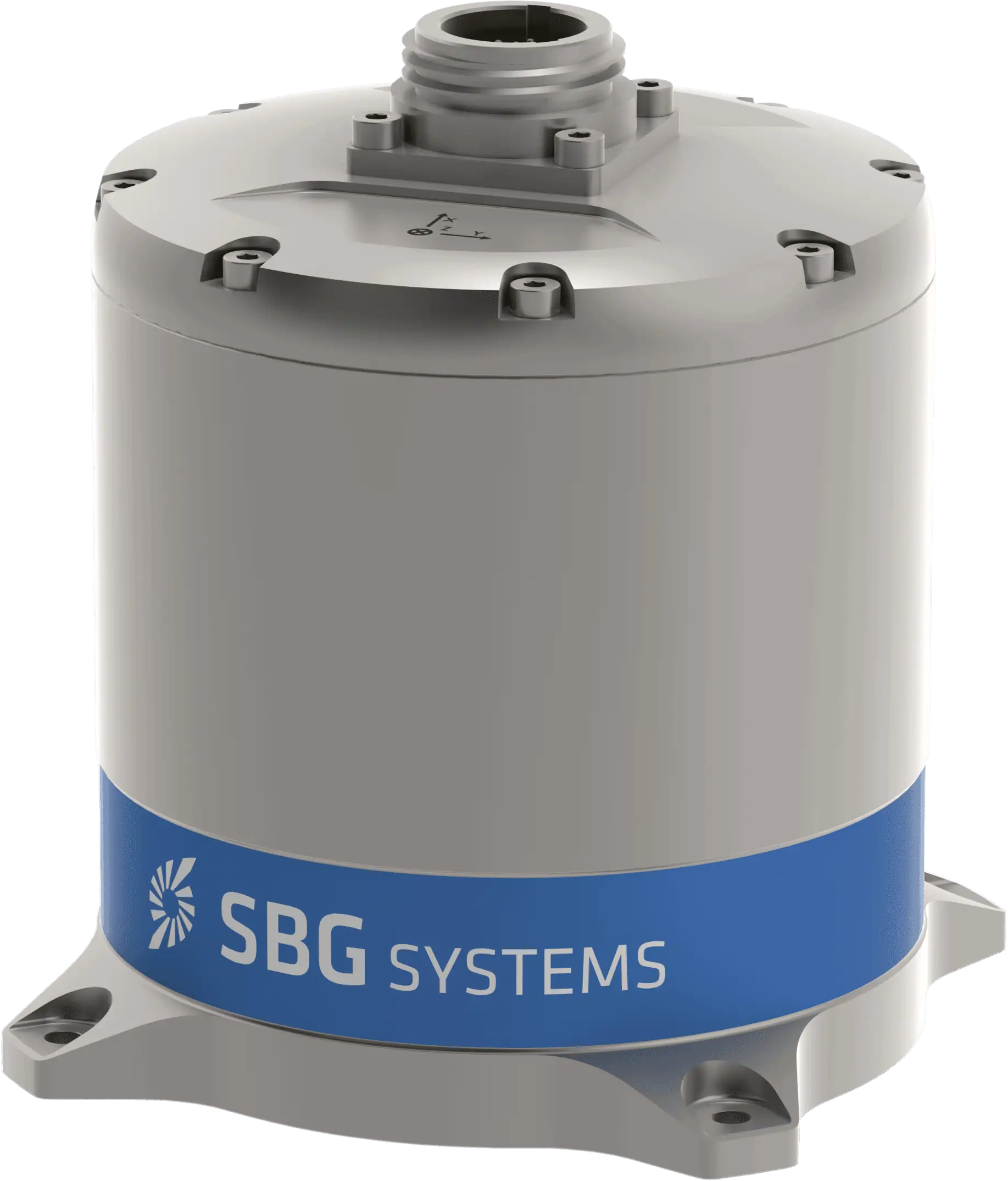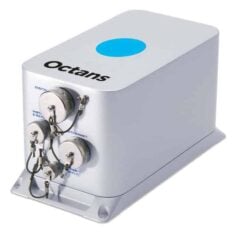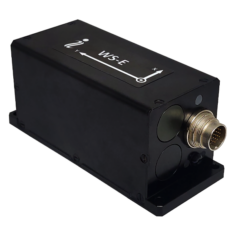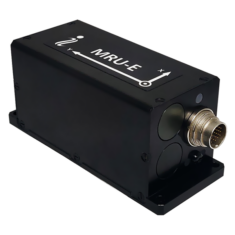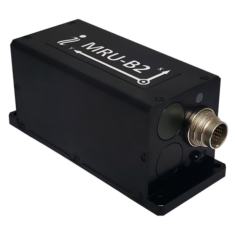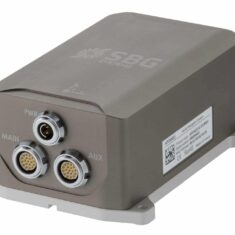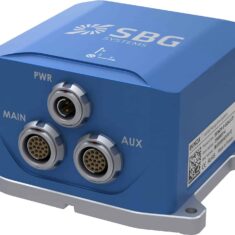MRU’s for USV, AUV, ASV, UUV & ROV
Motion reference units (MRUs) are inertial sensors that utilize gyros and accelerometers to determine the attitude and motion of the platform they are affixed to. They are typically used in marine and maritime unmanned systems such as USVs (uncrewed surface vessels), AUVs (autonomous underwater vehicles), providing data such as acceleration, velocity, roll, pitch, heave, sway and surge.
Stabilizing Unmanned Vessels at Sea
MRUs are commonly used to stabilize vehicles and vessels at sea, measuring and characterizing the motion caused by waves and currents. Adjusting information is provided to propulsion systems that allows them to compensate for this motion, and thus keep the platform in place as much as possible. This stabilization is essential for a variety of applications requiring high precision and accuracy, including surveying with instruments such as single- and multi-beam echosounders. It is also critical for vessels that use techniques such as hydro-acoustics to determine their position from the seabed.
Advanced Wave Sensors
Some MRUs can accept additional aiding data from other sources on board USVs and UUVs, and blend this with the attitude and motion readings to provide enhanced precision and accuracy. These sources of data include GNSS receivers, compasses, radar, sonar, and speed and distance logs. Sophisticated Kalman filtering is used to fuse all the sources of data together for the best possible outcome.
Ruggedized MRUs
MRUs may need to be ruggedized against harsh marine environments, which may include making them resistant to water ingress and salt spray as well as immersion. They may be constructed from materials such as marine-grade stainless steel or aluminum, and be finished with corrosion-proof coatings. They will also need to be shock- and vibration-resistant, and to this end may incorporate solid-state technologies such as MEMS (micro-electro-mechanical systems), with no moving parts.




